That musty, moldy basement smell that we have come to accept as unavoidable, is actually quite avoidable. The solution is really quite simple - stop building below grade with walls that were designed for above grade and your basement won't smell like old gym socks and potentially make you ill with mold spores.
As a freshly poured concrete foundation will take 5 years to fully dry it's hardly surprising many go moldy, and this is hoping that measures have been taken to ensure it is completely protected from ground moisture ingress by waterproof membranes on every single surface. Concrete is like a sponge, and when left unchecked will continue to wick moisture from the ground and distribute it into your home for as long as your home stands, especially if the relative humidity and natural (air leakage) ventilation in the home means that ground floor rooms are less humid than the basement. All that ground moisture will be continually sucked into the concrete and will then often cause fungus and mold issues in your batt insulation, timber frame or drywall. And frankly, that sucks!
So Why are basements Moldy & Damp?
1)The National Building Code now insists on basement insulation (this is a good thing), and it needs to be done before delivery to homeowners, which will be years before the concrete in the basement walls has fully dried.
2)关于墙体组件和将使用的材料的决定通常是基于最初的建筑成本,而不是未来的维修成本、能源性能或通过减少模具形成来保护居住者的健康。它们肯定不是基于物理定律,这是我们确定的一件事。
3)The cheapest way to insulate a basement is on the inside, and using finishing materials that are moisture and therefore mold formation sensitive. This is a big problem, given the potential for mold problems building like in 1 and 2 above.
With wet or humid soil on the exterior, concrete cannot dry to the outside. With the inclusion of a polyethylene vapour barrier on the inside, concrete is prevented from drying inwards as well. That leaves a sealed waterproof cavity containing untold thousands of litres of water along with moisture-sensitive and organic materials that are the perfect breeding ground for fungus and mold. Does this sound like a good idea to you?
WhatBuilding Science Corporationhas to say about this type of basement wall assembly -
"The experience by the Building Science Consortium with these two approaches has been bad. The Building Science Consortium has concluded that these two approaches are unsuitable for use by the home building industry due to serious problems associated with mold, decay and odors. This is consistent with reports from Canada where basements are insulated in a similar manner (Fugler, 2002) and from other researchers in the United States, notably in Minnesota (Ellringer, 2002). Continued use of these approaches by the home building industry will likely lead to a disaster of unprecedented proportions"
Even if basement foundations were allowed to dry completely before interior finishing started and they included all the necessary waterproof membranes on the exterior, interior insulation means the temperature of the concrete will be determined by the temperature of the ground or air outside.
With some types of insulation this can allow warm, moist air to condense on the cold concrete. Having no insulation at all does not eliminate these issues; you are also at risk, just not to the same extent if you don't have moisture sensitive materials directly in harm's way.
For a basement to have any chance at doing what you want it to do without growing black stinky and unhealthy mold, it should be finished with respect to theconclusions of building scientistsregarding moisture movement namely;
"Vapor barriers on basement insulation will rot your walls"
我们在地下室的墙壁组件中设置了水蒸气屏障,以防止水分进入,就好像它们没有含有数千升水一样。聚乙烯不能保持粉底干燥,粉底已经湿透了。All it will do is prevent the thousands of liters of water that are already in the wall from drying safely to the inside, where it could easily be handled by a dehumidifier or by ventilation with anHRV or ERV System.
The only way walls below grade can possibly dry is to the inside. We have to stop trying to prevent that by wrapping them with an impervious layer of plastic. We also have to realize that building below grade is a different beast that building above grade, and to start respecting the laws of physics when we design, build and choose materials for basements especially in relation tothe best insulation types to choose for basements.
Better basement insulation techniques:
The materials and design you choose are very important to prevent moldand should be appropriate for the environment they are destined to inhabit. Be very careful how and where you install wood and fiberglass insulation in basements (If you must), and be sure they won't see prolonged exposure to moisture or contact with humid surfaces if you don't want them to go moldy.
Spray polyurethane foam (SPUF):
When SPUF works out, it can be one of the better performing products在地下室的应用程序。直接喷洒在混凝土墙上,确保了均匀和全面的保护。SPUF有一个高的R值每英寸,作为一个空气屏障和蒸汽屏障。然而,众所周知,它会在应用后收缩,留下空气间隙和缺乏热保护。
Another downside to the original SPUF is that some blowing agents have a high global warming potential (GWP). For this reason, we like to explore less harmful alternatives whenever possible - though*January 2018 update: new blowing agents for spray foam virtually eliminate green house gases,点击这里了解更多内容。
可能最令人担忧的问题(正如SPUF安装人员所报告的那样)是,安装承包商有很大的诱惑去修补一些化学混合物,用更少的材料使其体积更大,这对安装人员来说是更有利可图的。这方面的报道并不多,但一旦出了问题,就会非常糟糕。就我个人而言,如果没有一些非常好的推荐信,我是不会让别人在我的房子里喷洒泡沫的。
All that said, here's how to proceed if you plan to insulate a basement with SPUF:
- Frame a 2x4 stud wall at 24" centresleaving a gap of at least one inch between studs and concrete.
- Shim up bottom plates在轻微的洪水情况下使水从下面通过。
- Have foam sprayed against the concrete wall. The space left between concrete and studs is crucial to allow a seamless blanket of insulation to create an air and vapour barrier. Unprotected wood touching concrete will wick moisture and eventually rot. One inch of SPUF will solve your problems; four or 5 inches will reduce heat loss and save you money in the long run.
- Have insulation blown onto rim joistsif it isn't already done.
- Foam must be covered by drywallfor fire protection.
- Don't install an additional vapour barrier behind drywall; latex paint will act in this capacity.

There have been a fewnightmare cases reported那里的SPUF装置出了问题,显然使房屋无法居住。考虑到应用涉及到在表面硬化的湿喷雾,它是很难去除的。
These reported cases are rare, but if you are at all concerned, there are alternatives to spray foam for insulating basements listed below that work well in the battle against moldy basements.
EPS (Expanded Polystyrene), XPS (Extruded Polystyrene), Mineral wool:
SPUF is quite expensive; so rigid insulation panels and a 2x4 wall with batt insulation can be a much more affordable option- but you need to know the right techniques for a succesful and mold-free wall assembly for a basement application - read on!
Rigid insulation board against concrete adds R value, breaks the thermal bridge and raises the temperature of the stud wall, which helps prevent moist air from condensing. The stud wall allows for the installation of wiring, additional insulation and drywall.
Drywall should be attached directly to studs, latex paint will act as a vapour retarder slowing any outward moisture migration while also allowing walls to dry inwards.
You may hear that EPS is somewhat moisture permeable; this is true, but only slightly so and not enough to be a problem. According to Professor Straube, two inches of EPS has a perm rating in the range of 60-75 ng, or 1-1.25 US perms, which is right on the cusp of what is defined by building code as a suitable vapour barrier (60ng and under).
At that level of moisture permeability, an almost immeasurably small amount of moisture will be able to migrate into the wall, but with no interior vapour barrier it will pass through harmlessly. EPS, XPS and mineral wool are unharmed by moisture, and perhaps most importantly, EPS and XPS are unlikely to provide a breeding ground for mold.
A polyethelene barrier can be included without causing harm (as seen below), as long as it is behind the stud wall, not in front. Specified correctly forbasement Radon Mitigation, this will also act as aradon gas barrierto protect indoor air quality, and it will satisfy building inspectors who are not accustomed to seeing a wall without a vapour barrier and may not allow you to continue.

注:上图显示了一个理想的、完整的地下室改造,首先要打破并拆除现有的混凝土地板。大多数旧地下室的头部空间非常有限,业主往往不愿意通过在地板上添加绝缘材料来降低空间。它还允许添加一个氡疏散堆,即图中的穿孔管和t形结。
通过清除混凝土地板和下面的污垢,你就有了适当的隔离空间。拆除现有的混凝土并不像听起来那么困难——通常可以用大锤砸碎并拆成碎片。它确实需要一些艰苦的工作和繁重的搬运,但最终的结果不仅是一个更高效、更舒适的家,而且在转售时更有价值,更不可能创造最好避免的条件——高湿度和可能的冷凝点——这两个因素都会产生一个发霉、不健康的地下室。
The ideal Basement wall assembly to prevent mold growth:
- Install two inches of rigid insulation board directly against concrete. It is easiest to attach it to the wall with a couple of concrete nails or even some adhesive while you frame walls.
- Frame an interior 2x4 stud wall at 24 inch centres, pressed tightly against the foam panels.
- Install mineral wool batts in the cavities. Mineral wool is unharmed by moisture, and if it gets wet it will retain its shape and R value when it dries; fiberglass is not so resilient.
- Lastly, install drywall and paint it with a latex paintonly.
This technique of rigid and batt insulation may require a few more steps, but it can offer you a greater R value per dollar invested than SPUF and it allows you to do a lot more (or all) of the work yourself.
For reasons beyond just performance, we prefermineral wool or EPS over XPS. XPS has a slightly higher R value per inch, but like SPUF, the blowing agents are exponentially more harmful, about 200 times more than EPS.
What else helps prevent mold growing in basements? Ventilation!
Another considerable improvement in keeping basements mold-free is to ensure adequate ventilation. Whilst cracking open a window if your basement has them is fine if the humidity conditions outside are favorable, that's pretty hard to judge; so a better alternative is to choose agood quality discounted HRV or ERV systemwith an automatic electronic humidity control.
Along with removing contaminants from the air, there are health consequences from having either too much or too little moisture in our homes. There are bacteria, viruses, moulds and mites that will show up on either end of the spectrum if your air is either too humid or too dry.
As the EPA say, somewhere in the range of 35 to 50% relative humidity is generally assumed to be the best for avoiding most health risks and irritants. It’s high enough that you won’t have cracked furniture, chapped lips or constant nose bleeds, and it’s not too damp for comfort, condensation or heat consumption issues.
If you're in an older home sat above a basement, don’t panic. What we write in these pages is meant to inspire ideas and solutions, not fear and anxiety. If you feel good, your basement smells good and your windows (and walls) aren’t dripping, relax!
然而,如果你的地下室有一定的霉味,或者在角落或家具后面有黑色的霉味和霉菌痕迹,为了内心的平静,考虑买一个比重计来测量你的室内相对湿度,这在大多数五金店可能要花20到30美元。如果你有问题,湿度超标,那么chances are you've got a moldy basement even if you can't see it yet...
Top Tips: For a healthy, mold-free & comfortable basement:
- Test for Radon & install Mitigationif called for - because it's better to be safe than sorry
- Renovateusing the best practices for mold free basements as oulined above
- Ventilateusing a HRV or ERV, because let's face it -fresh air improves any Man Cave!
Further reading for basement mold prevention:
- How to choose between an ERV & HRV system for basement ventilation & Mold prevention- EcoHome Guide
- How much insulation does a basement need- EcoHome Guide
- 'How to build basements that don't stink'- Dr. John Staube, University of Waterloo


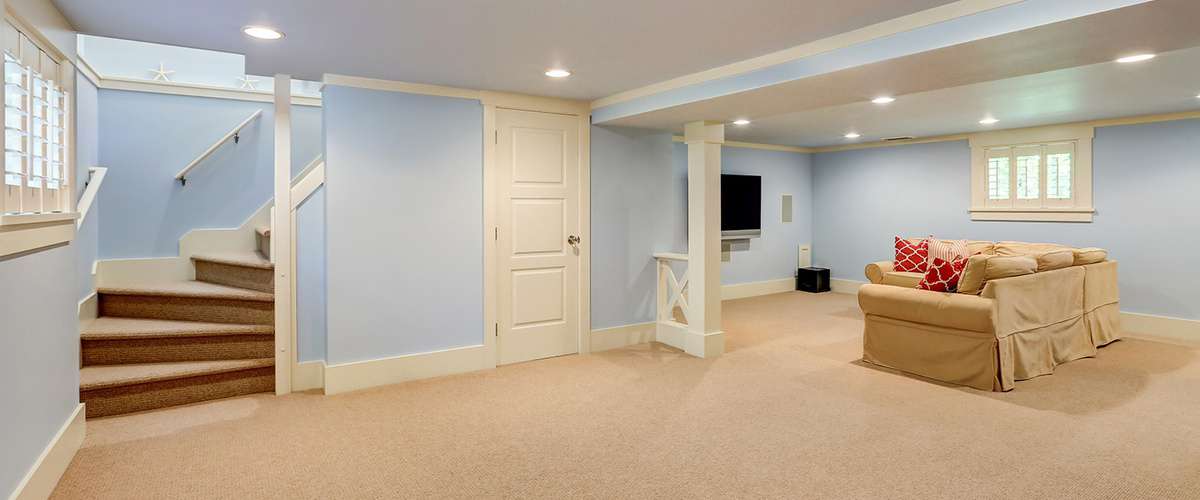












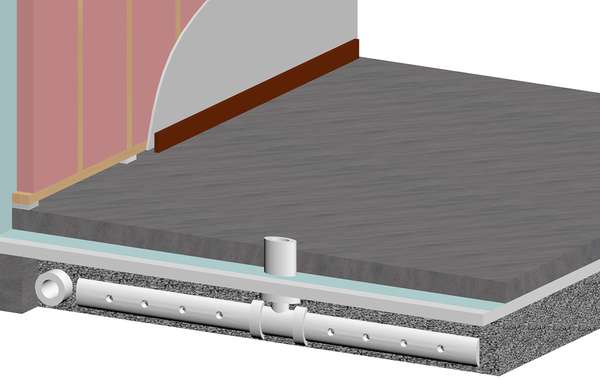
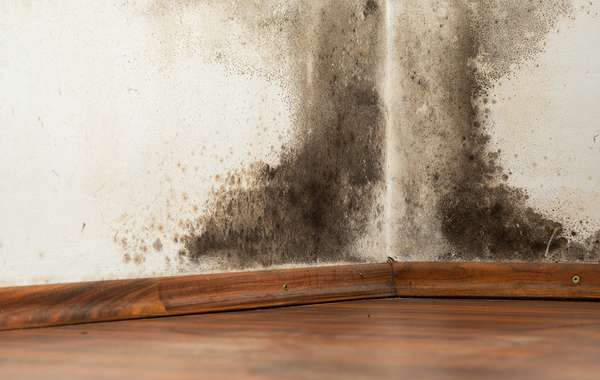
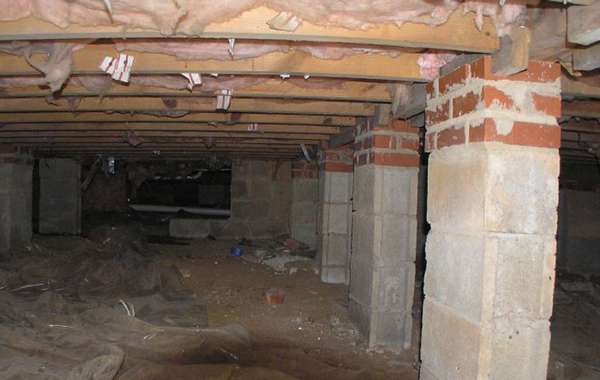
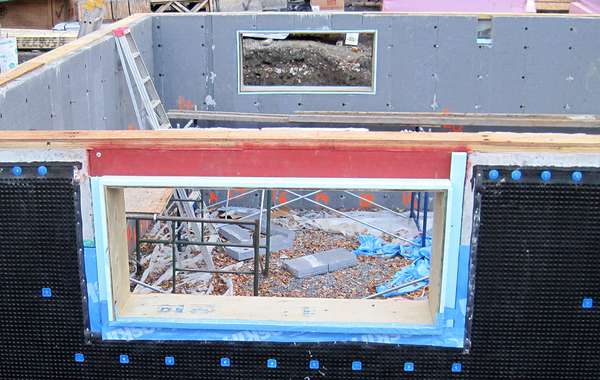
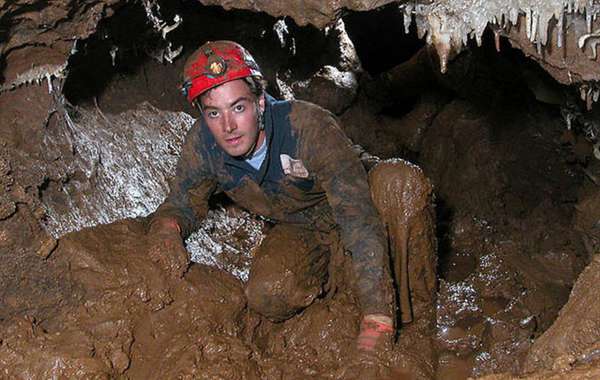
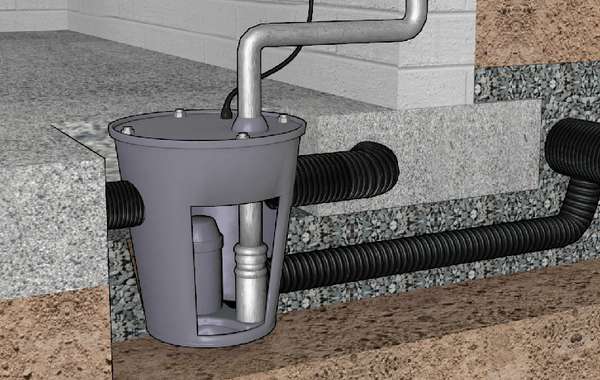
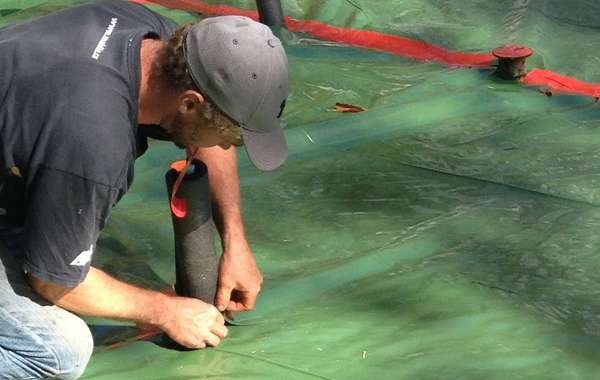
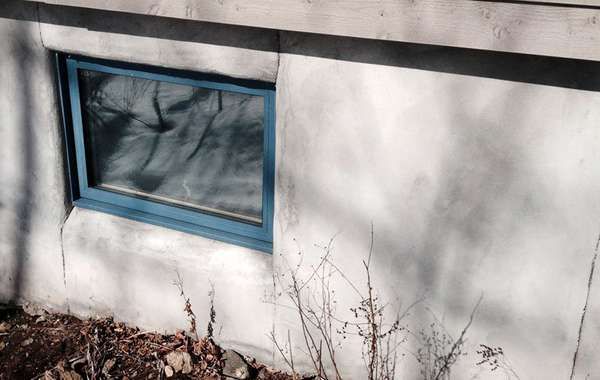
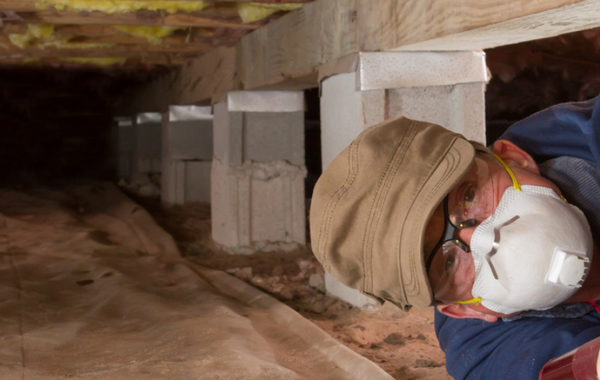
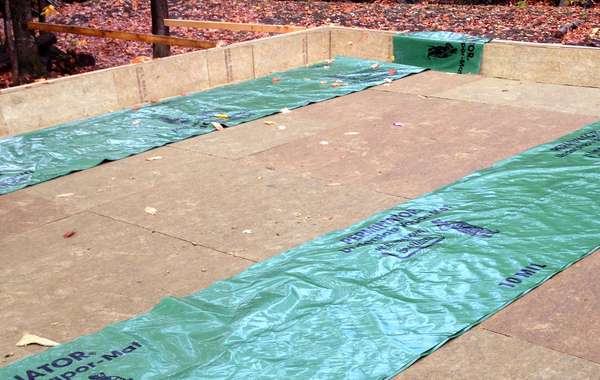
在文章的开头,你说地下室应该干燥到里面,然后你解释了如何用SPUF将地下室与里面隔离,SPUF“起到空气屏障和蒸汽屏障的作用”。那样地下室不会有湿气吗?Thanks
I wonder why they haven't answered this...
Adam和JC你好,很抱歉回复晚了,我们有时会错过评论。让我说得更清楚一点,这堵墙内部还是干燥的。当螺柱墙靠基础墙建造,然后喷洒泡沫,泡沫会干燥到内部,也会从其暴露的表面螺柱。一旦泡沫凝固,就不再有来自另一边的水分来源,因为泡沫阻止了混凝土中的任何水分向内迁移。
我一直在“生态家园”和“绿色建筑顾问”之间徘徊。我在多伦多附近有一栋有100年历史的房子,水泥地基和未完工的地下室。它有一些水出现在平板和墙壁之间的周边。我的想法是这样的:在室内安装一个法式排水管,用一根t型管连接一个氡风扇(在平板下减压,搁栅之间的通风口通向外面)。水池泵将有一个气密的盖子,排水管将有一个止回阀,将有混凝土安装在碎石上的排水管。
On the outside, I'll do skirt insulation with a waterproof membrance as an underground roof to keep water away from the foundation and increase the soil temperate to eliminate the risk of free-thaw damage.
此外,我将遵循这篇文章中的建议,这是安装2“EPS,螺柱墙,岩棉batts,干墙,和乳胶漆。地下室有部分嵌入的托梁,所以我将填塞托梁周围,并在托梁之间的空隙中放入膨胀泡沫,以空气密封该区域。外部绝缘会有所帮助,但我认为空气密封而不是绝缘该区域将减少龙骨腐烂或周边地板寒冷的问题的机会。
That's a big plan. What do you think? Do all of those pieces work together? Did I miss any important details?
Hello,
我想安装泡沫板和我的地下室和框架。然而,我地下室的墙壁上有铸铁的下水管道……所以,当我可以在管道周围切割泡沫板绝缘时,我将不能直接对着泡沫板进行框架。这是个问题吗?Can there be a small gap between the foam board and the framing ?
thanks